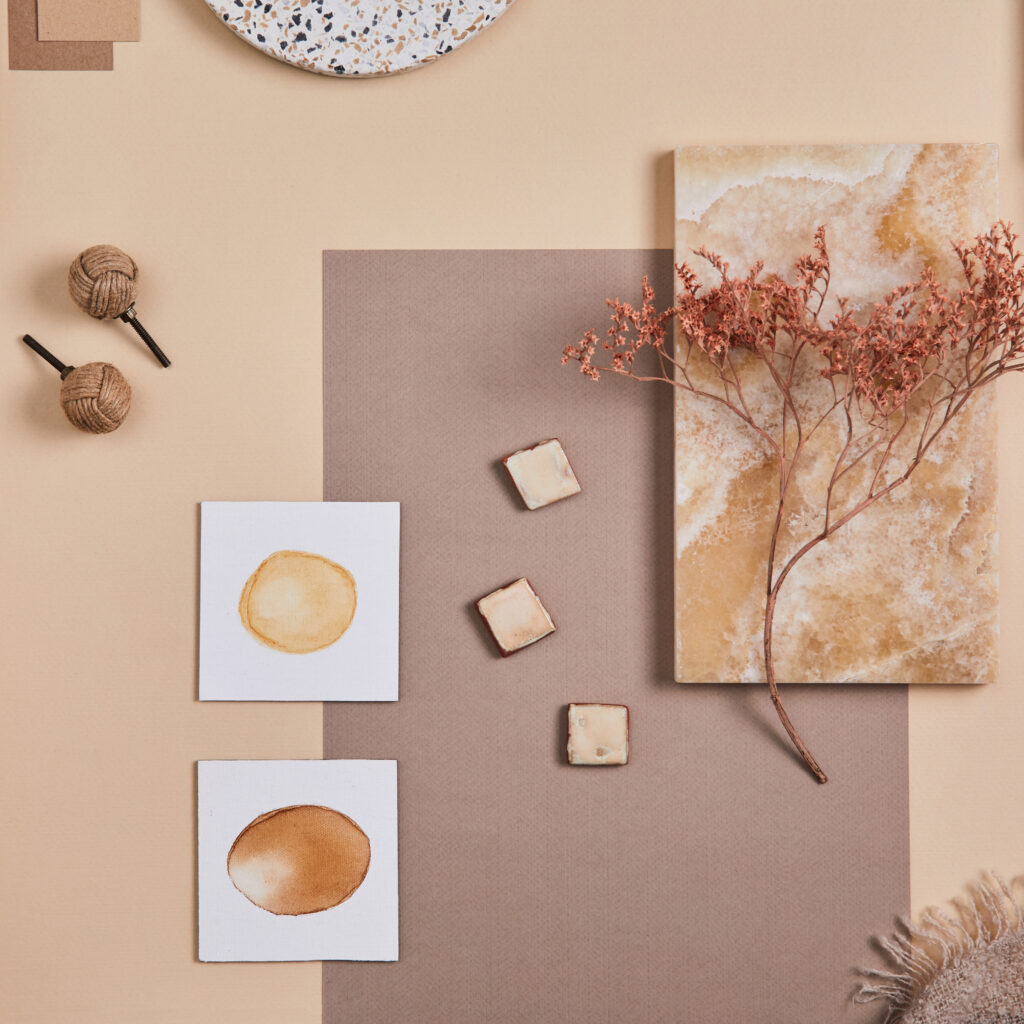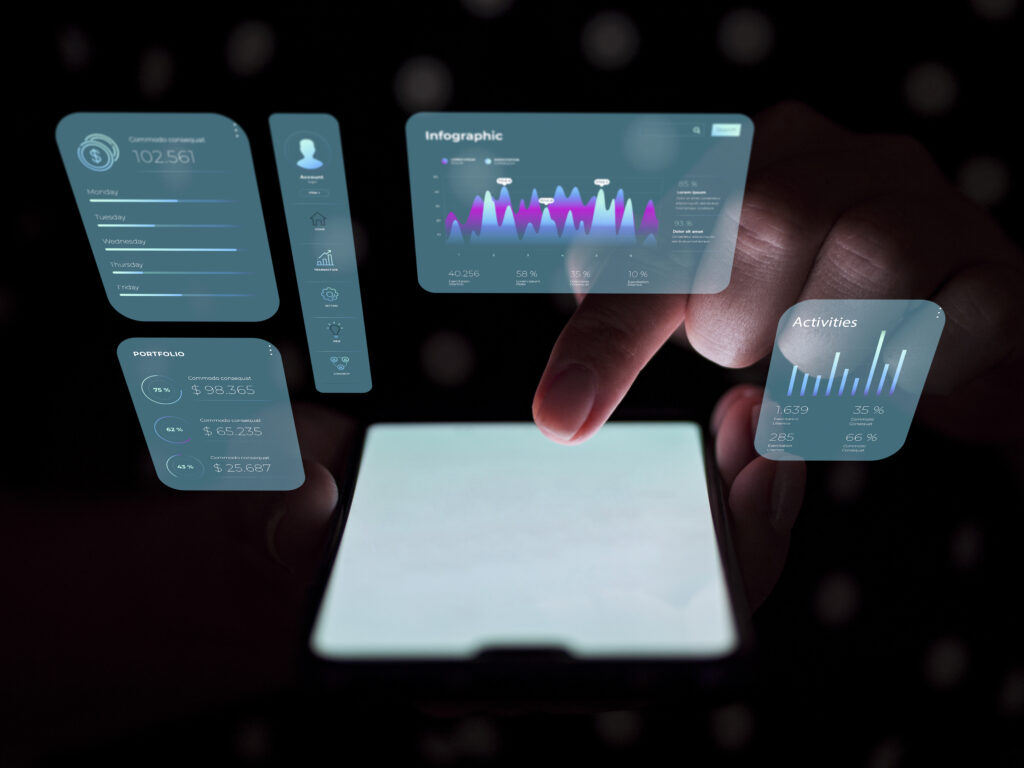Today, it is more and more difficult to get a pass in this overcrowded market. Brands are thrown about by Overwhelming noise in their quest to hit the digital space, and while many have succeeded in impressing their audience with out-and-out spectacular visuals and complicated messages, there is a growing number of brands that have just taken the opposite route-realizing that minimalist design is clean, focused, and purposeful.
Minimalism is not about stripping beauty or impact. It’s about stripping away the unnecessary, so that the core messages come shining through. When applied effectively, minimalist design becomes a weapon for the creation of brands which would be dramatically exciting and gorgeous yet timeless, memorable, and deeply resonant.
What is Minimalist Design?
Simply put, minimalist design represents a visual idiom in the simplicity and purity of expression, clarity, and functionality. Minimalism has this fundamental principle: Less is more. Thus, one strips oneself of the superfluous with the idea of putting in focus the elements that truly matter.
The essence and features of minimalist design include:
Clean lines, open space
Limited color palette
Simple typography
Layout and composition are balanced.d
High functionality with minimum distractions
Minimalist designs are not fads. They were principles that told designers and brands to make every decision intentional and create a visual language that speaks loudly yet elegantly.
Why Minimalist Design Works for Branding
Minimalism allows branding to answer the core aspects of what good branding is meant to do: provide clarity, offer recognition, and create an emotional connection. Here are the reasons why minimalist branding works.
1. Instant Recognition
It’s Recognizable Within a Short Time. Think of the iconic logos, such as Apple, Nike, or Airbnb. They are quite simple, and yet people all over the world know them at once. Cutting down on noise makes recalling something easier and leaving a greater imprint on the viewer’s mind.
2. Timeless Appeal
Timeless Effect A trend always passes with time, but minimalist design from the minimalistic logos or websites tends to remain on the shelves or will seldom need any updates, thus saving both time and money. The clean look gives stability to a brand in the long run.
3. Enhanced User Experience
Enhanced Usability The factors of minimalism in design facilitate smooth navigation in digital platforms. Less distraction and a clear hierarchy allow users to concentrate on the content, products, or calls to action, making way for stronger conversion rates and engagement.
4. Professional and Trustworthy Vibes
Professional and Trustworthy Vibes Nicely refined, uncluttered designs embody confidence, propriety, and modernity. Consumers are convinced even more by a polished image, by which they would trust a brand.
Real-World Examples of Minimalist Branding Success
Several world-class brands have adopted minimalist principles to position themselves as premium and trustworthy.
● Apple has changed, like the way it has branded itself along with the product designs-they are clean, sleek, and user-focused. From the logo to its website, packaging, and advertising, it gives the brand trust and reinforces its identity as innovative and user-centric.
● Nike. With no extra need for text, the iconic Nike Swoosh embodies pure minimalist design, evoking speed, movement, and confidence in one symbol. The streamlining allows it to be applied across any medium while still retaining an unmistakable identity.
● Google’s known, but that is of complex algorithms. Its homepage, logo design, and product designs are undeniably minimalistic and at the same time targeted to usability and friendliness- even complex products would benefit from simple-enough designs.
Key Principles of Minimalist Brand Design
Here are some principles to follow when adopting a minimalist approach for your brand:
1. Find the Core
Nail down the identity of your brand to what is essential. What is its purpose? Which emotion do you want to trigger? Answer those questions, trying to communicate through the fewest visuals possible.
2. Use Space Intentionally
Surface Traces Purposefully “Not afraid of white space” was the note played by Giovan in describing negative space, a major actor that surfaces in minimalist design because it brings out an important piece of content and gives space to the eye to breathe.
3. Choose Typography Wisely
Choose Fonts Wisely .Y Sans-serif, clean, and geometric, minimalist fonts are typically. Style should match the brand tone-whether modern, bold, classy, or friendly. Limit the type of font to one or two families for the sake of having consistency.
4. Limit Your Color Palette
This kind of color scheme brings cohesiveness to the visual experience. Most often, minimalist brands combine monochrome or neutral tones with one bold accent color that pops into view once in a while as the focus of attention on key elements.
5. Simplify the Logo
Your logo should work on all platforms: mobile, print, signage, and more. A minimalist logo that scales well and maintains clarity would have a better chance of succeeding in this digitized world.
How to Build a Brand with Minimalist Design
Minimalism shows itself not just in aesthetics alone, but strategically takes the brand identity into every angle. Here is a step-by-step guide for applying minimalism to your brand:
Step 1: Define the Core Message of Your Brand
First things first: define your mission, values, and audience. What differentiates you from the rest? What vibe are you trying to evoke? Minimalism should be based on the answer that the core message will yield.
Step 2: Simplify Your Logo
Engage a designer to purify complex elements and, by form, develop a speaking logo devoid of decoration. Test against all dimensions and media for clarity.
Step 3: Make an Immaculate Website
Use grids, a lot of whitespace, and strong visual hierarchy. Make the function take precedence, smooth, clear call-to-action, and easy navigation. Minimal visual distractions.
Step 4: Create a Brand Style Guide
There should be a brand guide for your minimalist designs in terms of color palette, typography, spacing rules, and image style. That defines consistency across all touchpoints of the brand.
Step 5: Use Every Channel to Spread It
Minimalist branding must also be used in your packaging, social media, ads, business cards, presentations, and everything else. Such simplicity will go a long way in augmenting recognition and trust.
Minimalist Design in Digital Marketing
Digital marketing and minimalism are shared fabrics.
● Better Mobile Experience
There are great advantages in loading and navigating faster for minimalist interfaces wherein the low-end devices make use of it.
● Higher Engagement Rates
Fewer distractions for minimalist emails and landing pages deliver focus on the key messages. Results yield good click-through and conversion rates.
● Social Media Clarity
Clean, high-contrast graphics cut through busy social feeds. A minimalist aesthetic gives your posts a professional edge and boosts shareability.
Common Mistakes to Avoid
Thoughtlessly executed, even minimalism can go wrong. Some common pitfalls to avoid include:
Over-simplification: Do not scrub the personality out of your brand. Seek clarity, not blandness.
Neglect in emotional touch: Minimalism should mean the warmth, trust, or excitement according to your brand.
Inconsistencies: Kind of minimalist rules throughout your communications channels, in all communications.
Conclusion
Minimalist is not only fashion; it speaks out clarity, significance, and long-term brand value. It brings the noise of the world down and, hence, gives your brand room to breathe and your audience room to connect.
Whether you are rising your business from scratch as a start-up or refurnishing your identity, minimalist design is a very powerful tool under which you can define your core message in elegance and power.



